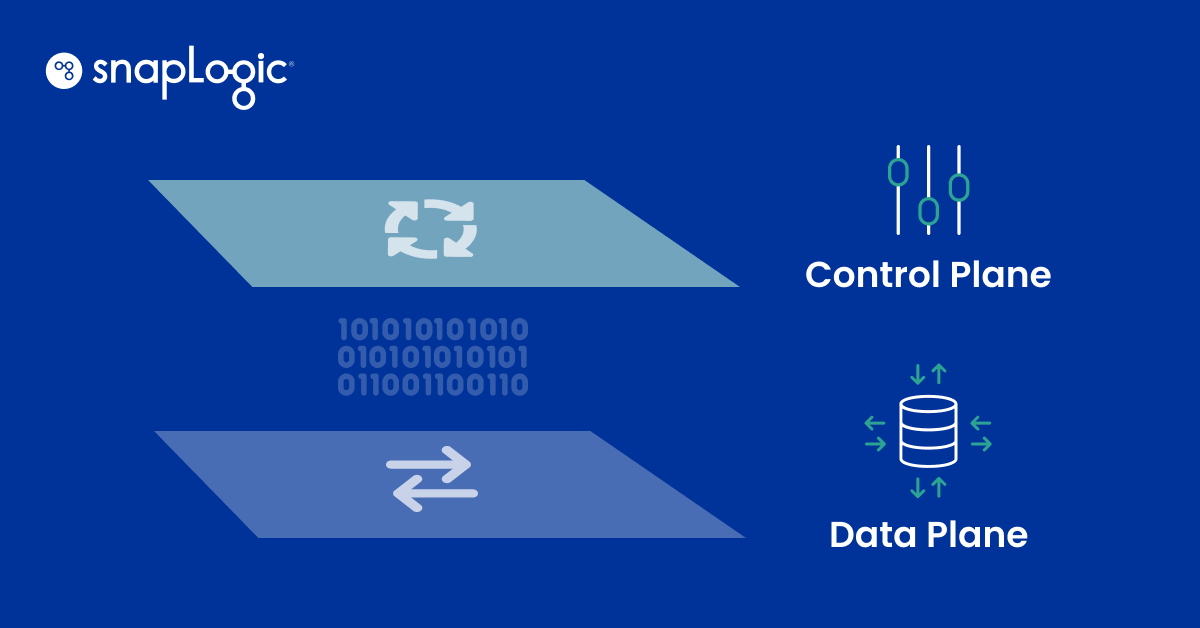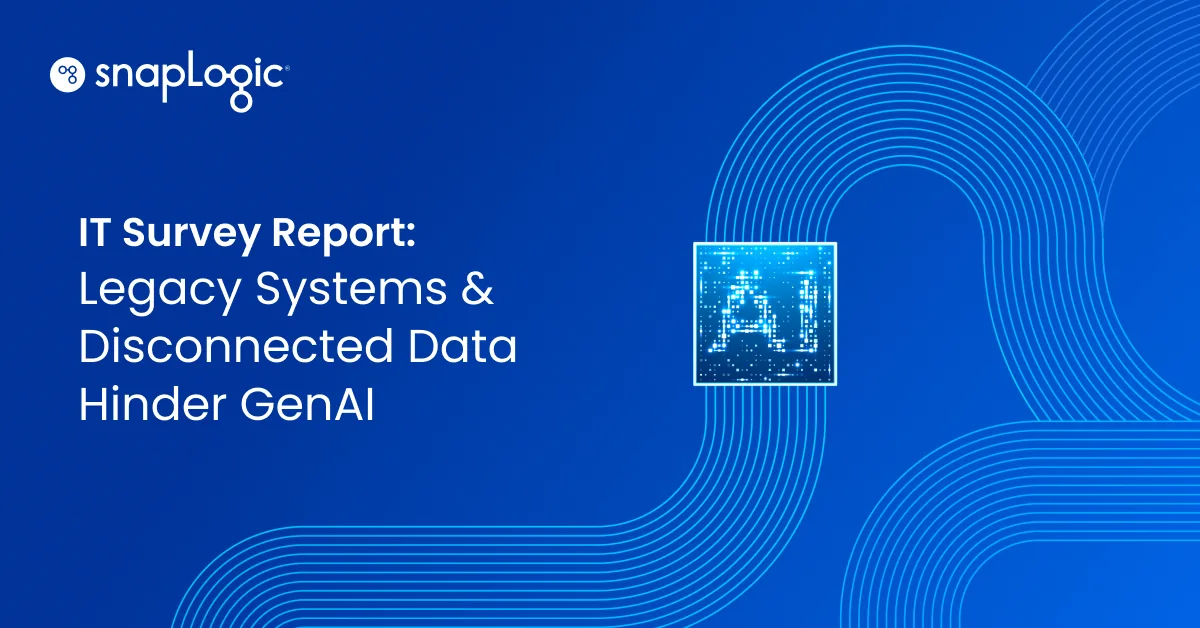This post originally appeared on Finance Digest.
Every company is on a hunt to rapidly access, integrate and analyze enterprise data to inform optimal decision-making. Unfortunately, this quest is often hindered by technology systems and applications that don’t “speak” to each other.
CFOs are well acquainted with this dilemma. The old adage that Finance personnel spend 90 percent of their time acquiring, cleaning up, validating and verifying data—and 10 percent analyzing it—still holds true in many organizations.
This sorry state of affairs can no longer be tolerated, not at a time when digital data is approaching colossal proportions. Forty trillion gigabytes of data will be produced by 2020. To put this in perspective, the volume equals all the grains of sand on all the beaches on the planet times 57. Yet in their strategic planning and for their tactical business decisions, companies are leveraging a comparatively trifling volume of this data.
There are proven methods for companies to radically alter the status quo, but it requires someone in the organization to lead the charge. That someone is the CFO, given our fiduciary obligation to assist the CEO, board of directors, shareholders, and other stakeholders in identifying business opportunities and averting business risks.
Most companies expect their CFOs to be a business partner to the rest of the organization, not just cutting checks for lines of business to acquire technology tools but ensuring all these tools are connected to generate a fluid flow of information driving business momentum. The challenge is the extraordinary upsurge in cloud-based business applications for sales, HR, customer service, spend management, subscription billing, quote and order management, and ERP systems.
Visually, these dozens of applications resemble a bar chart—a series of siloes disconnected from each other. Out of the box, they promise a modicum of integration, but the truth is their endpoints behave differently. Consequently, IT specialists have to manually upload and download data from one application into another, a wearying process that consumes substantial time that can be dedicated to more value-added tasks.
A recent survey of CFOs highlights the dilemma. The study affirms that CFOs are eager to dedicate more of their time to more strategic pursuits, but are thwarted in this mission by data integration difficulties. Six in ten CFOs cited data integration as the “primary technology hurdle” standing in the way of “gaining actionable information,” necessitating “manual data aggregation that eats up time and leads to inaccuracies,” the report stated. Obviously, not a position any CFO would want the business to confront.
What we in Finance (and others up and down the value chain in the enterprise) want is the ability to instantly access, integrate and analyze business data. CFOs yearn to do much more than validate, verify, and report the numbers. We want to partner with our lines of business colleagues and with IT to leverage data at the point of attack. To do this, technology systems and applications need to speak to each other.
The old model of Finance pulling together a couple databases of information based on a perceived business need, and then formally requesting that IT integrate the data and develop algorithms to provide the business import must be jettisoned. It just takes too long.
Instant answers to database queries are required to stay in front of today’s furious pace of business. As integration technologies advance, CFOs have the ability to quickly and seamlessly change applications or create advanced datasets on the fly, turning data siloes into a connected storehouse of powerful information. Otherwise, it’s waiting for Godot, an interminable search with no end in sight.
Companies can end the wait by canvassing today’s modern data integration technology solutions. Yesterday’s tools were often complex, immature, difficult to manage and frequently requiring updates that insisted upon specialized services from IT. Fortunately, three “mega trends”—big data, cloud computing, and self-service—are colliding to support the fluid flow of business data across on-premise and cloud-based applications.
Even better, innovative cloud providers are providing continuous improvements in data integration software and infrastructure to give Finance faster insights into information in the simplest and most flexible ways possible—on a self-service basis. At last, data is becoming more accessible and useful in a business context—just in time, too, as the volume and velocity of information threaten to overwhelm us all.










